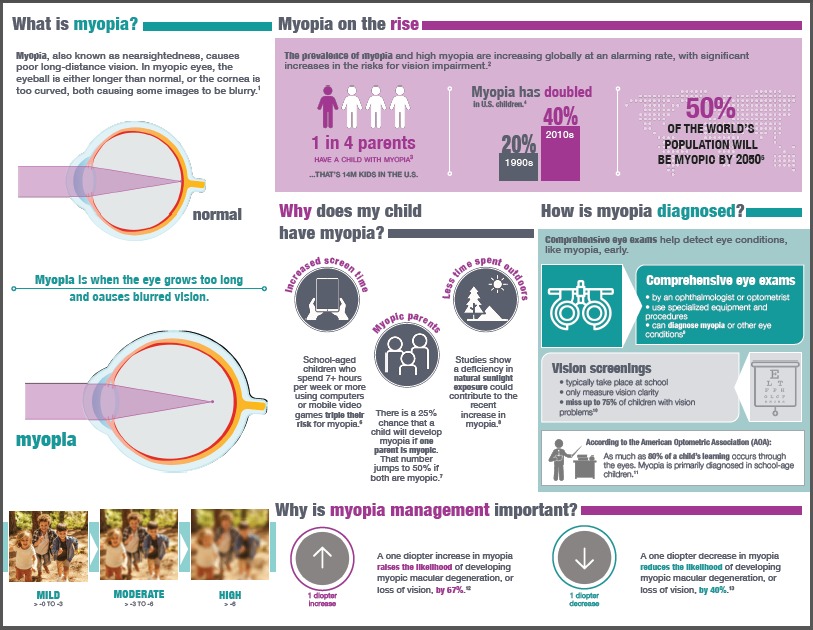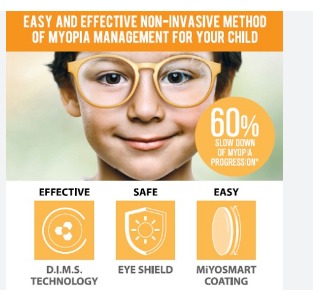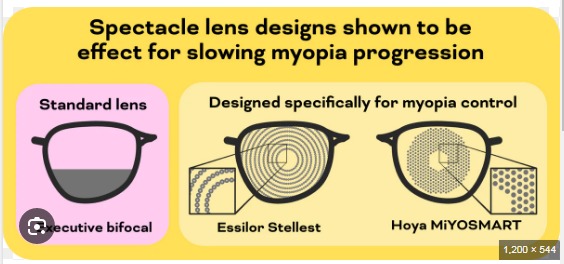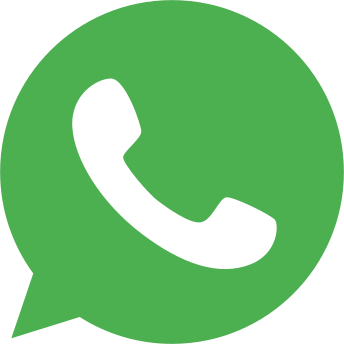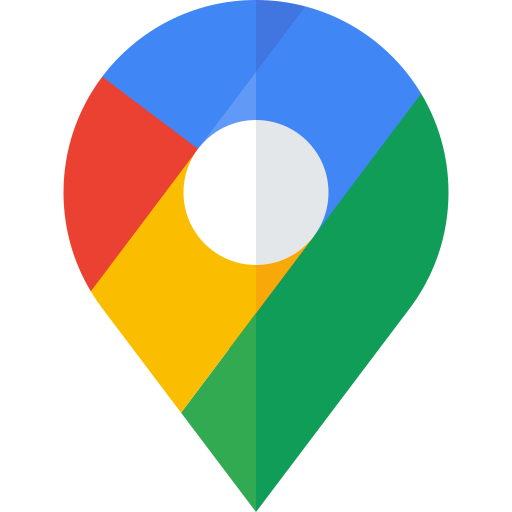Myopia In Children
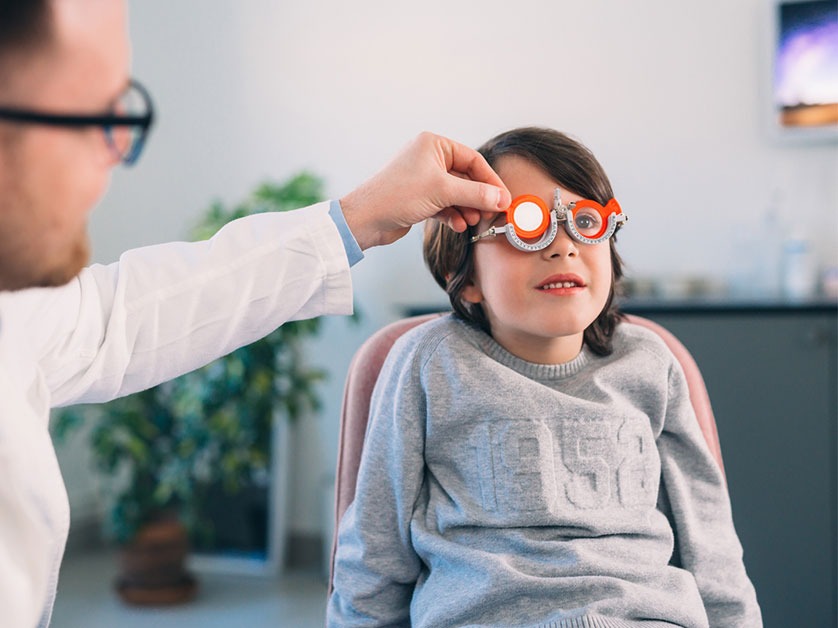
What is Myopia
Myopia, also known as nearsightedness, is a common vision condition where children can see nearby objects clearly but struggle to see things that are far away.
- They may have trouble reading from the blackboard or greenboard, especially when seated farther from the front.
- They often move closer to the television to see it clearly.
- Due to blurred distance vision, they may show less interest in outdoor activities.
- Children with myopia tend to hold books very close to their face while reading.
- To improve distance vision, they require glasses with minus (–) powered lenses.
What causes Myopia?
Myopia, or nearsightedness, most often develops due to a combination of genetic and environmental factors. The most common cause is heredity—if one or both parents have myopia, their children are more likely to develop it. Spending limited time outdoors and a lifestyle with reduced exposure to natural light can also contribute. Additionally, excessive near work such as prolonged studying, reading, or extended use of digital devices like phones, tablets, and computers can increase the risk of developing myopia, especially in growing children.
Normal Eyes vs. Myopic Eyes
The human eye is shaped like a globe, which is why it’s commonly referred to as the “eyeball.” As children grow, their eyeballs naturally increase in size along with the rest of the body.
In children with normal vision, the growth of the eyeball remains balanced and typically reaches an average length of about 23.0 mm. However, in children with myopia (nearsightedness), the eyeball grows longer than usual.
In cases of high myopia, the eyeball can stretch to lengths of 32.0 mm or more. This abnormal elongation shifts the focus point of light rays in front of the retina rather than directly on it, leading to blurred distance vision.
As the eye grows longer, the minus power of the spectacles needed to correct vision also increases. For approximately every 1 mm increase in eye length, the child may require about -3.00 diopters more in spectacle correction.

How to Know if Your Child Has Myopia?
Here are some typical signs that may suggest your child has myopia (nearsightedness)
- 1. They may squint often, especially when trying to see distant objects.
- 2. Your child prefers to sit very close to the television or digital screens.
- 3. Books or handheld devices are held unusually close to their eyes while reading.
- 4. They may complain about blurry vision when looking at the board in school.
- 5. A drop in academic performance could be linked to poor vision.
If you observe any of these behaviors, it’s important to schedule an eye examination with an eye care professional. Early detection can help manage the condition more effectively.
What Are the Steps to Treat a Child with Myopia?
- The first step is a comprehensive eye examination by an eye specialist or optometrist.
- Accurate measurement of the child’s spectacle power is done. In some cases, multiple visits may be required to finalize the correct prescription.
- The axial length of the eye (length of the eyeball) and the curvature of the cornea (measured through keratometry) are assessed to better understand the condition.
- Intraocular pressure (IOP) is checked to rule out any pressure-related issues.
- A thorough examination of the retina is performed to ensure it is healthy and to detect any early signs of complications related to myopia.
Is Myopia a Serious Condition?
In many children, myopia (nearsightedness) can be effectively managed with the use of glasses or contact lenses.
However, if it progresses to a high degree, it may lead to more serious eye health concerns over time.
However, if it progresses to a high degree, it may lead to more serious eye health concerns over time.
People with high myopia are at greater risk for developing complications such as retinal detachment, glaucoma, or early cataracts in adulthood.
That’s why regular eye check-ups and monitoring are important to keep myopia under control and protect long-term vision.That’s why regular eye check-ups and monitoring are important to keep myopia under control and protect long-term vision.
How can Myopia progression be prevented?
- Encourage your child to spend more time outdoors—ideally 1–2 hours daily.
- Limit excessive use of digital devices and reduce prolonged near work like reading or screen time.
- Introduce regular breaks during close-up activities to relax the eyes.
How often should my child's eyes be examined?
Children should ideally undergo a comprehensive eye exam every six months or as recommended by an eye care professional.
These routine check-ups help detect early signs of myopia and ensure that glasses prescriptions remain accurate.
Parents are advised to maintain a proper record of all eye test results to track the progression and support informed treatment decisions.
Does screen time cause myopia?
Screen time doesn’t directly cause myopia, but extended use of digital screens or long hours spent focusing on nearby objects without breaks can speed up its progression.
To reduce strain, encourage frequent breaks and have your child look at distant objects regularly.
Is there a cure for Myopia?
Myopia cannot be permanently cured, but it can be effectively managed and corrected with glasses, contact lenses, or other medical treatments.
With proper intervention, the rate at which it worsens—especially in growing children—can be controlled.
Once the child reaches adulthood and their eye power stabilizes, corrective options like laser surgery may be considered.
Summary
- Consistent Use of Spectacles: Ensure the child wears their glasses regularly. Update the prescription every 4–6 months as needed.
- Diluted Atropine Eye Drops: Use once daily in both eyes until 19–20 years of age to help slow progression.
- Annual Retina Exams: Conduct a retina screening once a year and treat any abnormalities early.
- Myopia Control Glasses: Special lenses designed to control the increase of minus power can be beneficial.
- Keep All Eye Records Safe: Maintaining a complete file of all test reports helps in assessing and managing progression effectively.
